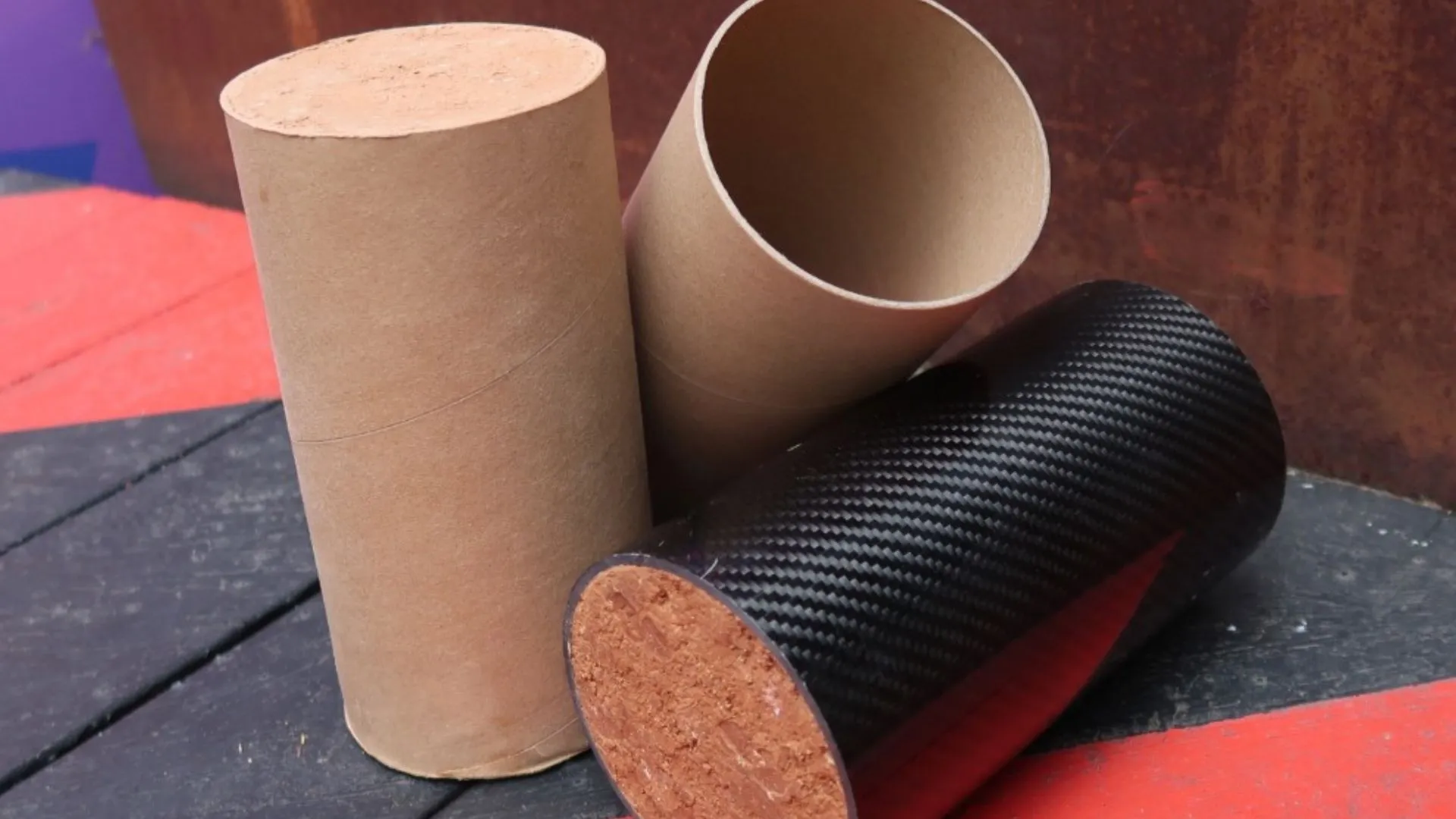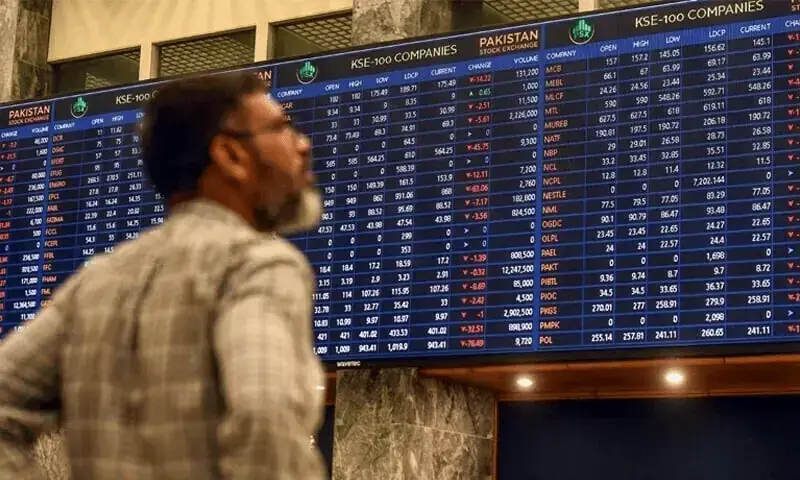
A new building material uses cardboard, water, and soil to create a sustainable alternative to concrete. It has about one-quarter of concrete’s carbon footprint and helps reduce landfill waste.
Developed by the Royal Melbourne Institute of Technology (RMIT) in Australia, the sustainable construction material is called cardboard-confined rammed earth.
Interestingly, the material could make strong walls to support low-rise buildings.
The development aims to solve two big problems: cardboard waste and carbon emissions.
Over 2.2 million tons of cardboard and paper are sent to Australian landfills annually. And globally, cement and concrete production are responsible for approximately 8% of annual emissions.
“This innovation could revolutionise building design and construction, using locally sourced materials that are easier to recycle,” said Dr. Jiaming Ma, lead author from RMIT.
“It also reflects the global revival of earth-based construction fuelled by net zero goals and interest in local sustainable materials,” Ma added.
Combining ancient techniques
The RMIT team drew inspiration from designs like Shigeru Ban’s iconic Cardboard Cathedral.
In this new work, the engineers have innovated by combining the strength of rammed earth with the adaptability of cardboard for a new building material.
Rammed earth is an old building method that involves compacting damp soil, sand, and clay layers into a solid wall.
According to researchers, the new cardboard-confined rammed earth is a major step toward a more sustainable construction industry.
Compared to the modern rammed earth that uses cement for strength, this new material eliminates the need for cement.
As a result, this material has only one-quarter of concrete’s carbon footprint and costs less than one-third as much.
“Rammed earth buildings are ideal in hot climates because their high thermal mass naturally regulates indoor temperatures and humidity, reducing the need for mechanical cooling and cutting carbon emissions,” Ma said in the press release on September 22.
Material strength
The strength of the new material depends on the thickness of the cardboard tubes.
The team has developed a specific formula to calculate this relationship, allowing builders to determine the material’s strength based on the cardboard’s thickness.
A separate study also demonstrated that when carbon fiber is combined with rammed earth, it can achieve a strength almost similar to “high-performance concrete.”
Interestingly, this new sustainable building material can be produced directly at the construction site.
The process involves compacting a mixture of soil and water inside a “cardboard formwork,” which can be done efficiently using either manual labor or machinery.
The on-site production method reduces the need to transport heavy materials like bricks or pre-mixed concrete.
“Instead of hauling in tonnes of bricks, steel and concrete, builders would only need to bring lightweight cardboard, as nearly all material can be obtained on site,” said Yi Min ‘Mike’ Xie, the study’s corresponding author.
“This would significantly cut transport costs, simplify logistics and reduce upfront material demands,” added Xie, a leading expert in structural optimisation.
The new method could be especially useful for building in remote areas, where abundant red soil makes it an ideal location for this type of construction.
The researchers are ready to partner with industries to prepare this material for widespread use.
The findings were published in the journal Structures.



